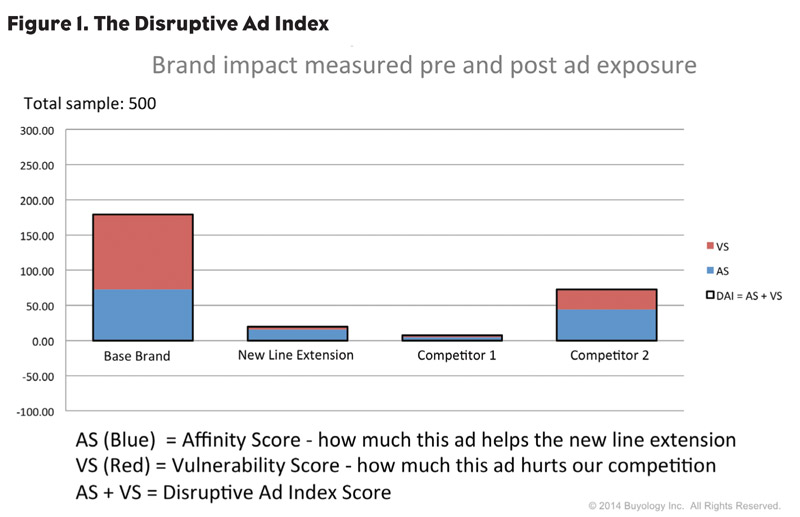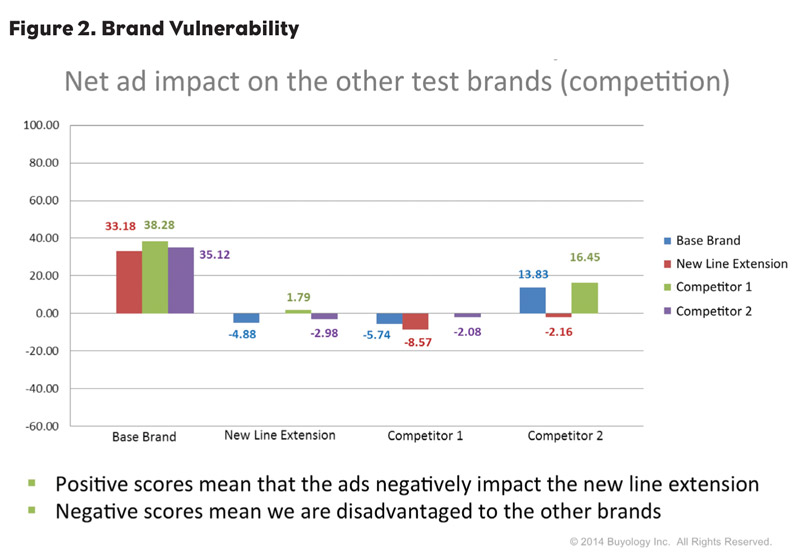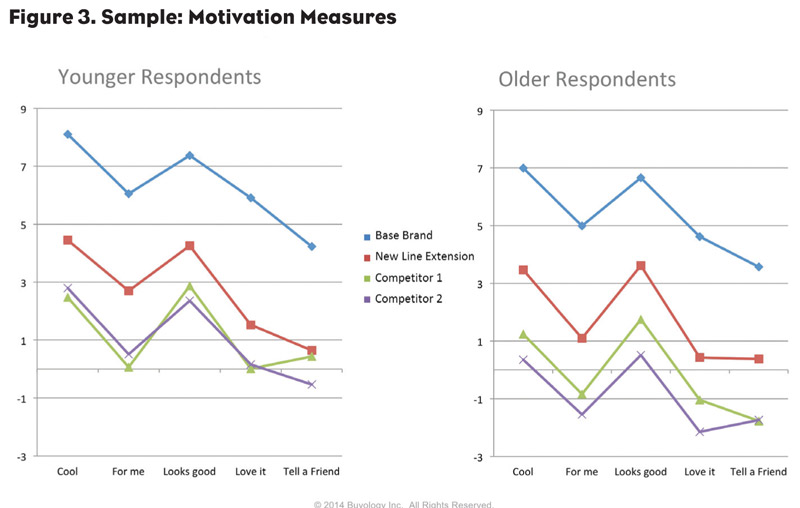People always say they are seeking a way to make better decisions regarding new concepts or communication, but would they actually do it? Not really. It takes time and effort to stretch and explore new ways of working. It is simply easier to work the way you always have and to stick to business as usual at your company. Of course, that mindset changes if your competitors are sharp and your business starts to decline; then suddenly the door is thrown open and people run out into the world to search for new answers to correct the situation and stabilize a decline.
We all know there will come a time when a business you lead hits a rough patch and your competency will be tested against sharp competitors. Leaders must make room in the busy life of a team to be prepared with the best strategies and tools. This is never as easy as it sounds, because pressing day-to-day demands always feel like the priority.
Limitations of Rational Responses
One of my own lessons came to me after managing a number of businesses. It became clearer over time that most of the quantitative research tools that we rely on to inform important decisions are limited because they are based on collecting rational responses from people. We ask people what they want and they offer up their rational replies.
Yet, the emotional aspects of preference or rejection that can be observed in ethnography, or the dreaded focus group, are often absent in late stage quantitative research. Consequently, there is a great deal that leaders do not understand about the emotional response their products or services stimulate in current and potential customers. And, if your competitors are ahead of you with better tools and better information, they will have the advantage.
Emotional Influence As a Motivator
Emotion is a primary source of human motivation, and as a result, it exerts influence on attention, persuasion and particularly on memory. Based on how the brain processes information, this is an uncontroversial statement. The key point I want to make is that the role of emotion in customer choice is significant.
Business decisions based on research that only illuminates the rational customer response is essentially working with very limited information. Think of it as viewing your business through only one eye. Much of what has been traditionally considered the product of rational logic and deliberation in customer decisions is in fact an automatic process driven by brain systems responsible for emotional responses. To understand what people really want and why they want it, you must have a better understanding of their emotional response than traditional research alone can offer.
To quantify the deeper emotional reaction, there are a variety of techniques that can be used such as fMRI, EEG and Latency Response (also known as IAT). These tools provide different views of brain activity and non-conscious response where emotion is processed. There are certain measurements that are better suited for some evaluation tasks than others. For example, measuring the brain’s reaction to a television advertisement in fMRI is not going to deliver meaningful data due to the slow speed of the machine’s measurement intervals to assess a fast-moving 30-second TV commercial.
Among the methods available, this method is easy to implement on a laptop, and generates large effect sizes compared with other methods. It is a timed test, and the response speed that forced-choice questions yield is a confidence measurement of the answer. This method is easy to implement, generates large effects sizes, and possesses good reliability (Greenwald & Nosek, 2001). In addition to the underlying method, novel test frameworks have been developed for Latency Response to better evaluate business challenges and questions and thereby optimize the research value.
Evaluating Your Campaign
Business challenges that would benefit from non-conscious testing can range from advertising campaigns, new product launches, website communications and many others. Let’s take a look at an example of an ad test for a consumer product using a large-scale and analytically rigorous test framework that includes Latency Response as the underlying technology. The objective is to evaluate advertising for a new line extension and measure the impact of the advertising on the parent brand as well as two market competitors. It includes a pre- and post-measurement of brand favorability to determine the change in brand impact upon viewing the advertising. Data captured includes respondents’ pre-conscious choices and the time (in milliseconds) it takes them to make each choice, done by keystrokes on a laptop. The published scientific literature on Latency Response concludes that the faster a choice is made, the greater the conviction to the preference being measured.
The Disruptive Ad Index
The line extension ad has a 19.6 Disruptive Ad Index score (Figure 1), which is not strong in this competitive set. The parent brand advertising is the strongest, and the ad for Competitor 1 appears to have no effect on brand preference.
What is unique about this test is not only the non-conscious rating of the advertising, but the head-to-head performance comparison it provides of the advertising. Rather than relying on historical ad test norms to judge copy, this test serves business leaders by comparing advertising directly—just the way ads have to compete for consumer attention and engagement in real time. Beating your normative ad scores is not a measure of success in the marketplace.
Brand Vulnerability
The Vulnerability Rating (Figure 2) paints a vivid picture of the negative impact the parent brand ad had on all of the other brands in the test. However, the line extension ad had only a slight impact on the competitors and would not have the necessary competitive impact needed to support the product launch.
Motivation Measures
If you look at Figure 3 you can see a sample of the attributes that were included in this test. For all of the brands, the relevance measure “For Me” could be improved to strengthen the copy for the target audience. In addition, “Cool” is an important measurement for advertisers because of its connection to attention. Across tests conducted in many categories, “Cool” has proven to be an important attribute for the emotional response it carries, despite the fact that most people assume that it is only associated with cultural relevance.
In sum, explicit, rational measures are an important component of any research program, but they often illuminate only a partial picture of customers’ underlying cognitions. Taking advantage of the insight and understanding available through non-conscious testing can lead to better decisions.
So let’s return to the question from the beginning of this article. “What if you could make better decisions about the opportunities you want to pursue, would you do it? Would you even try the experience as a test?”










